#The MET
Text

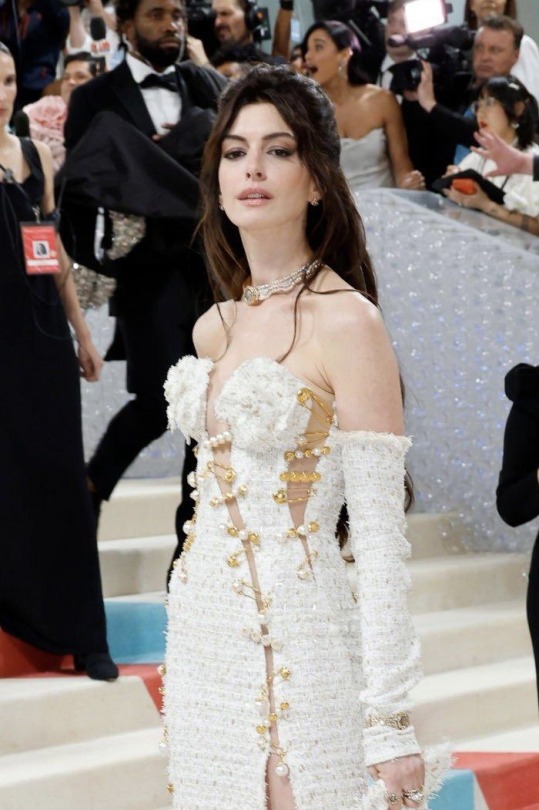
grand high cuntress
#SHE SLAYS SO HARD ALL THE TIEM GOD DAMN#anne hathaway#MOTHER#met gala#the met gala#the met#met gala 23#met gala 2023#versace
11K notes
·
View notes
Text


Brooch
Marcus & Co. (New York City, New York)
c.1900
This exquisite brooch is one of the few extant examples of plique-à-jour jewelry made by the New York firm of Marcus & Co., whose reputation at its prime rivaled that of Tiffany & Co. Herman Marcus (1828–99), a German–born and Dresden–trained jeweler, arrived in New York in 1850 and worked for a number of prestigious firms before establishing Marcus & Co. in 1892. Following his death, the company continued under the direction of his two sons, George Elder Marcus and William Marcus.
The brooch is a superb example of Marcus & Co.’s work in plique-à-jour enameling, in which the "cells" of color have no backing, allowing light to shine through the transparent enamel, thereby creating the effect of stained glass. One of the only jewelry firms of its day to succeed at this challenging technique, Marcus & Co. followed the lead of such innovative French designers as René Lalique. The sensitive 3-dimensional sculpting of the sweet pea blossoms and leaves, as well as the naturalistic coloring of the enamels, reflects the Art Nouveau aesthetic that prevailed at the turn of the century. Indeed, close parallels can be drawn with the brilliant naturalistic work of Louis Comfort Tiffany, whose oeuvre is so well represented in the Met’s collection.
The MET (Accession Number: Accession Number: 2016.107)
#brooch#jewelry#art nouveau#art history#1900s#turn of the century#fashion history#historical fashion#marcus and co#united states#floral#green#pink#enamel#pearl#diamond#gold#the met#images are pretty big HIGHLY recommend opening in a new tab
1K notes
·
View notes
Text
Nicholas Galitzine referring to Uma Thurman as his mother in law at the Met Gala 2024.
#nicholas galitzine#henry fox mountchristen windsor#uma thurman#ellen claremont#firstprince#rwrb#red white and royal blue#this is confirming rwrb2 for me#I don’t make the rules#alex claremont diaz#alex and henry#met gala 2024#met#the met#taylor zakhar perez#tzp
487 notes
·
View notes
Text

Charles Ethan Porter (1847-1923)
"Untitled (Cracked Watermelon)" (c. 1890)
Oil on canvas
Located in the Metropolitan Museum of Art, New York City, New York, United States
Porter was among the first African American artists to exhibit his work nationally and the only one to specialize in still lifes. The painting's subject—originally an African gourd brought to the New World by seventeenth-century Spaniards and cultivated by colonists—is significant. Porter chose to paint a watermelon, an earlier symbol of American abundance—and during the Civil War period one particularly associated with free Blacks—when it was increasingly defined by virulent stereotyping. By reclaiming the subject in artistic terms, Porter challenged a contemporary racist trope.
#paintings#art#artwork#still life painting#watermelon#charles ethan porter#oil on canvas#fine art#the metropolitan museum of art#the met#museum#art gallery#american artist#african amerian artist#black artists#history#art analysis#freedom#fruit#fruits#food#1890s#late 1800s#late 19th century
824 notes
·
View notes
Text

Women Picking Olives, Vincent van Gogh, 1889
Oil on canvas
28 ⅝ x 36 in. (72.7 x 91.4 cm)
The Metropolitan Museum of Art, New York City, NY, USA
#art#painting#vincent van gogh#impressionism#post impressionism#19th century#19th century art#1880s#oil#the met#dutch#100 notes
228 notes
·
View notes
Text

Marble statue of Dionysos seated on a panther, François Duquesnoy,
1st–3rd century CE
398 notes
·
View notes
Text

Cubiculum (bedroom) from the Villa of P. Fannius Synistor at Boscoreale Romanca. 50–40 BCE. Image by The Metropolitan Museum of Art.
Learn more / Daha fazlası
https://www.archaeologs.com/w/cubiculum/
#archaeologs#archaeology#archaeological#arkeoloji#history#dictionary#tarih#sanat#art#architecture#roman architecture#ancient architecture#cubiculum#villa#the met#mimari#antik mimari#ancient furniture#roman furniture
538 notes
·
View notes
Text


the people’s princess
#anne hathaway#oh mother mother mother#mother#met gala 23#met gala 2023#the met gala#the met#versace#mommy#lol#lgbt#wlw#sapphic#women#lgbtq#fashion
2K notes
·
View notes
Photo

William S. Burroughs at the Met by Allen Ginsberg, c. 1953
2K notes
·
View notes
Text
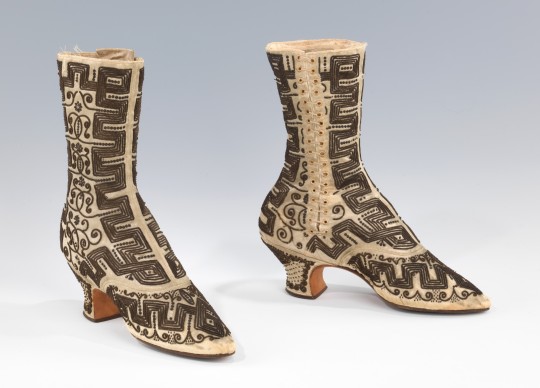
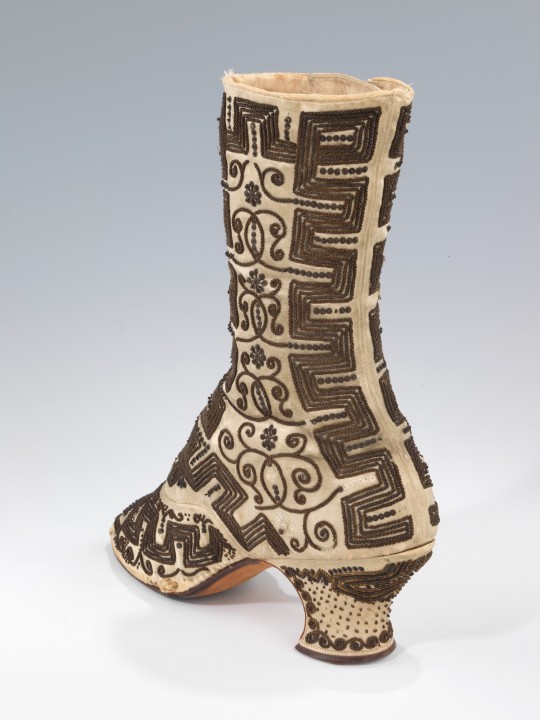
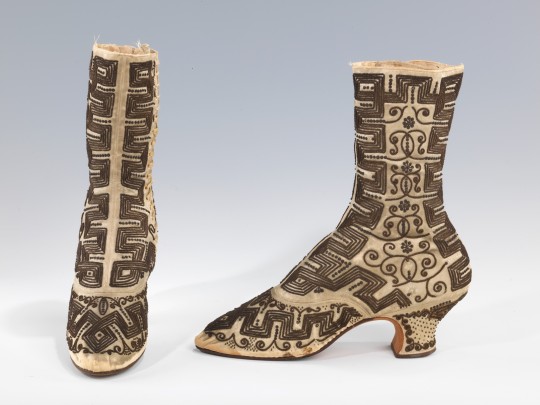
Evening Boots
1885-1890
Probably French
While the slipper and the strapped shoe were the most common choice for evening wear in the last third of the 19th century, boots did occasionally continue to appear. As with shoes, the basic evening boot was satin, either plain or featuring an embroidered vamp, usually in floral or foliate designs. Surviving examples of evening boots of the late 19th and early 20th centuries suggest, however, that those daring to wear something already outside of the ordinary often opted as well for unconventionally bold and unusual materials and trimmings. This pair of boots typifies that phenomenon: anachronistic side-lacing, novel and atypically exuberant fret and scroll motifs, and embroidery covering the entire boot, including the heel.
The MET (Accession Number: 2009.300.1477a–d)
#evening boots#fashion history#historical fashion#1880s#1890s#belle epoque#bustle era#turn of the century#france#off white#embroidery#accessories#shoes#the met
870 notes
·
View notes
Text

When Face ID is acting up and I have to lock in
Umberto Boccioni. Self-Portrait. 1910. Ink, wash and graphite on paper. The Metropolitan Museum of Art.
223 notes
·
View notes
Text
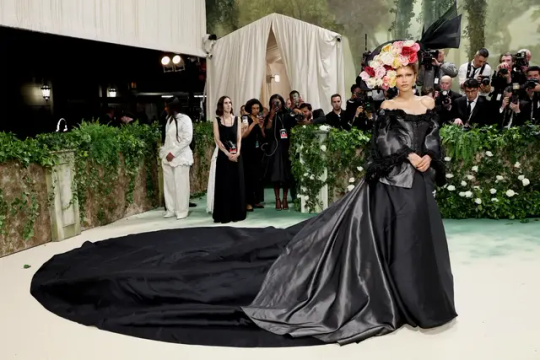
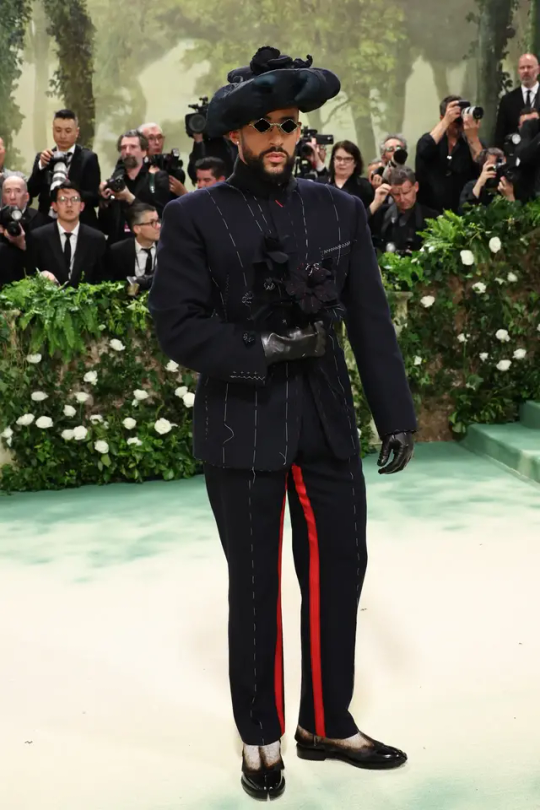

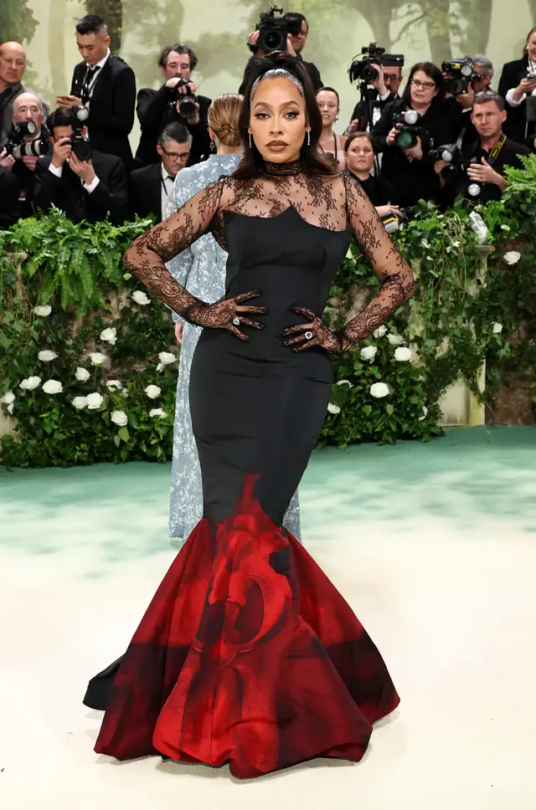
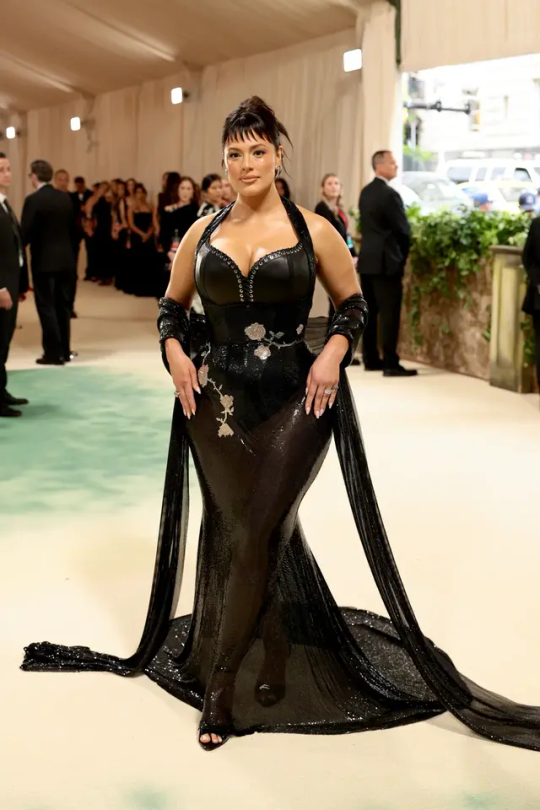

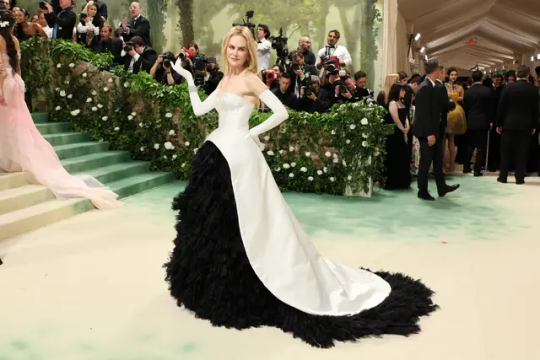
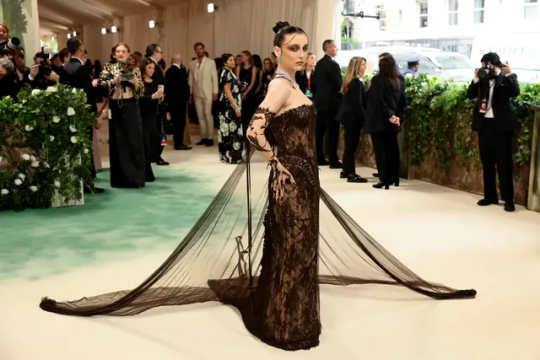
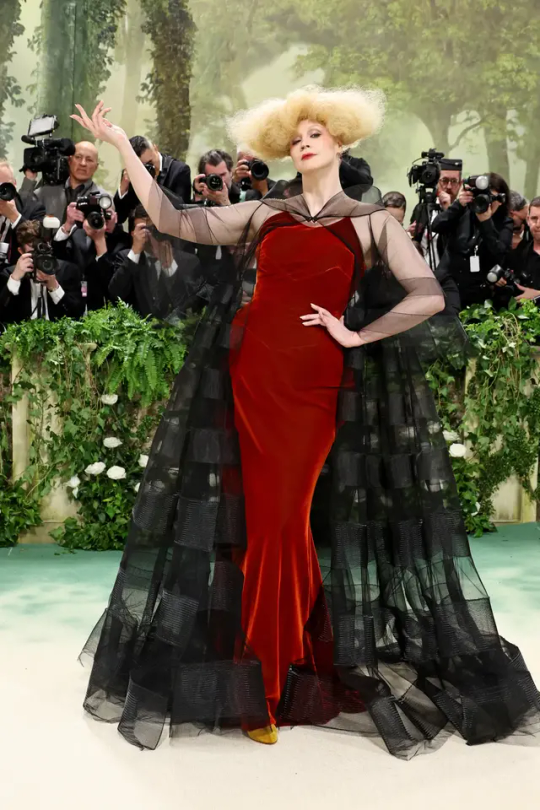
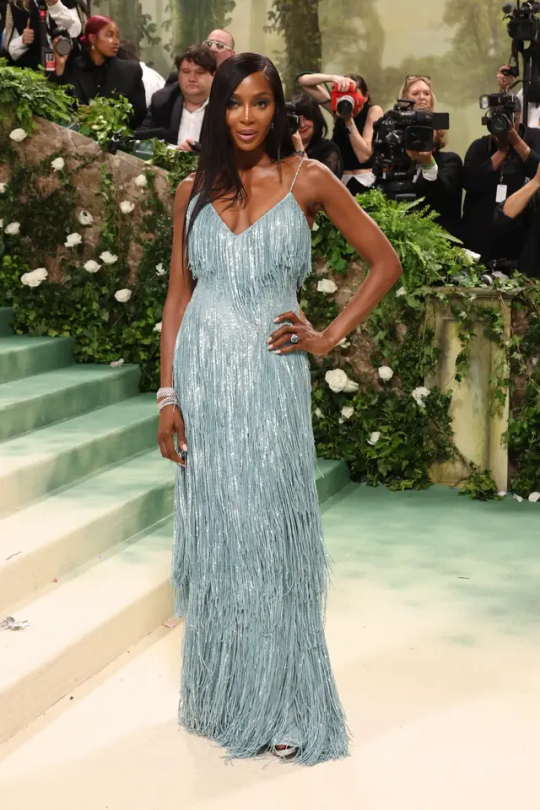


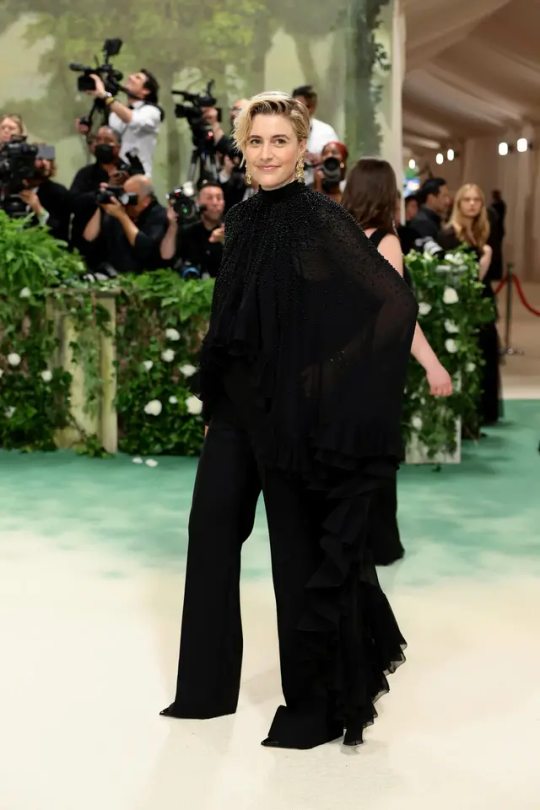
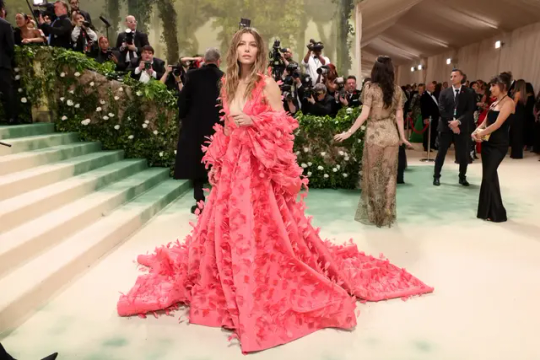
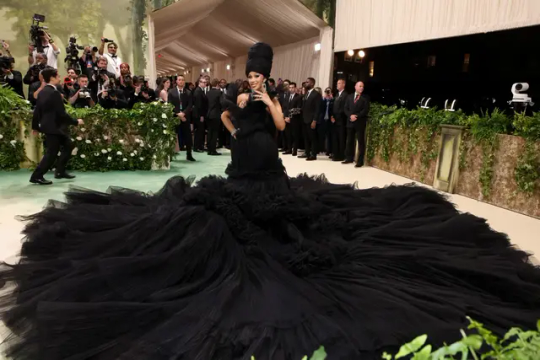
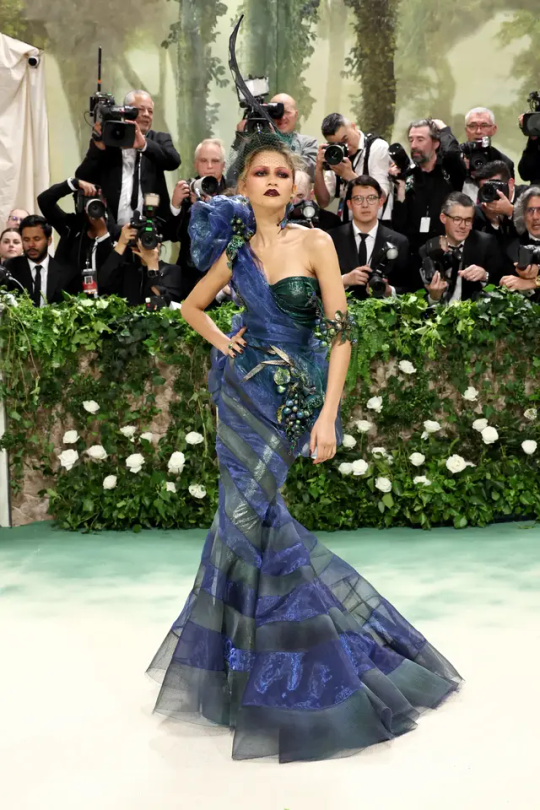
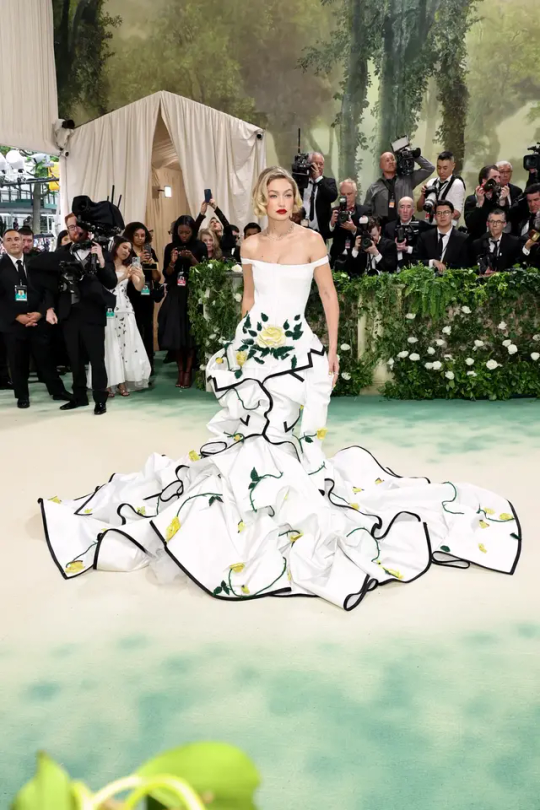

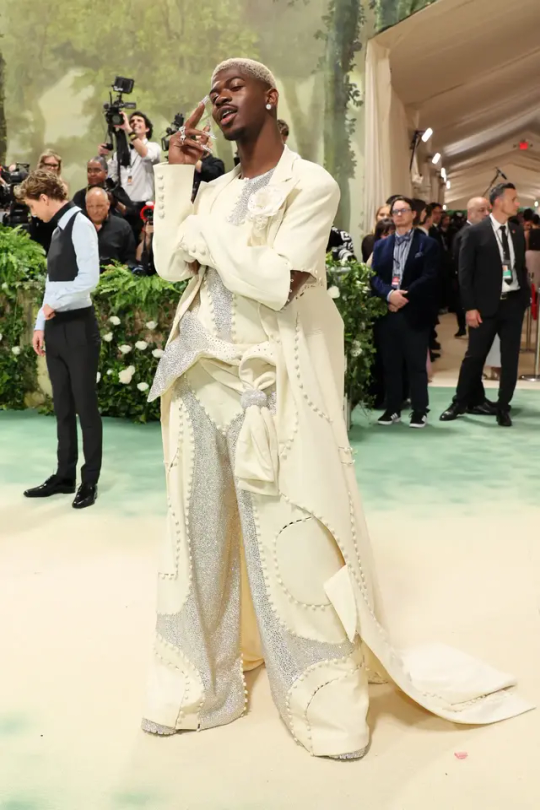
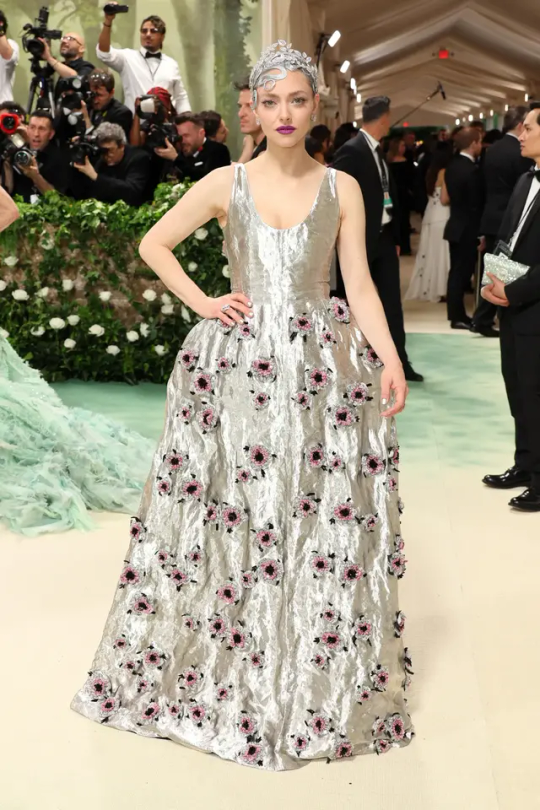
MET Gala 2024 - "The Garden of Time" - 20 Looks
#met gala#met gala 2024#the met#the metropolitan museum of art#zendaya#bad bunny#anna wintour#la la anthony#ashley graham#nicole kidman#qwendoline christie#emma chamberlain#lana del rey#jennifer lopez#naomi campbell#irina shayk#greta gerwig#jessica biel#cardi b#sienna miller#lil nas x#gigi hadid#amanda seyfried
85 notes
·
View notes
Photo


Jewish Wedding Ring. First half 14th century
German
#germany#culture#medieval#wedding rings#heritage#ashkenazi#jewish#jewish culture#the met#gold#german history#peoples#diversity#old world#14th century
2K notes
·
View notes
Link
The Met's Digital Department has made the Museum's entire collection of more than 406,000 Open Access images easy to transport into your virtual homes and islands.
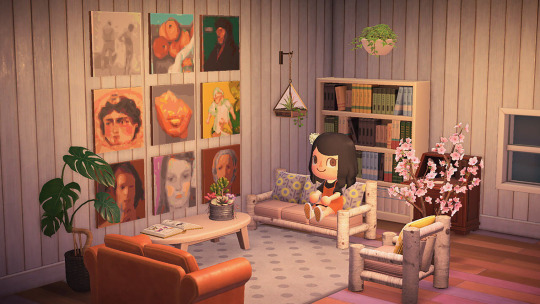
How am I just finding out about this now!?
#around the web#hidden gems#the met#animal crossing#acnh#van gogh#art#art history#museum#gallery#interior decorating#animal crossing new horizons#art academia#light academia#dark academia#academia aesthetic#video games#nintendo
1K notes
·
View notes
Text
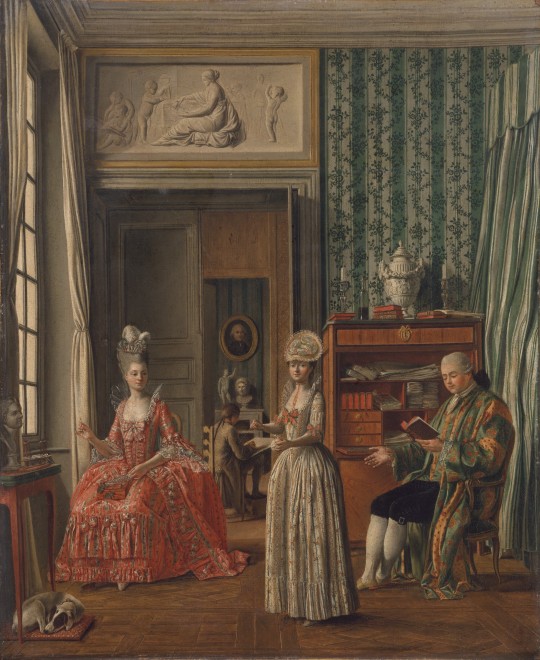
Domestic Scene, unknown German artist, circa 1775-80
Oil on canvas
18 x 14 ⅞ in. (45.7 x 37.8 cm)
The Metropolitan Museum of Art, New York City, NY, USA
187 notes
·
View notes